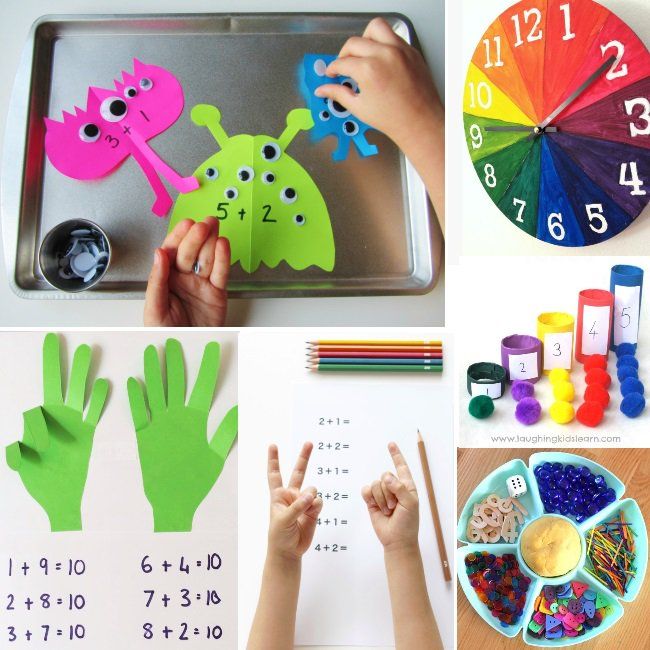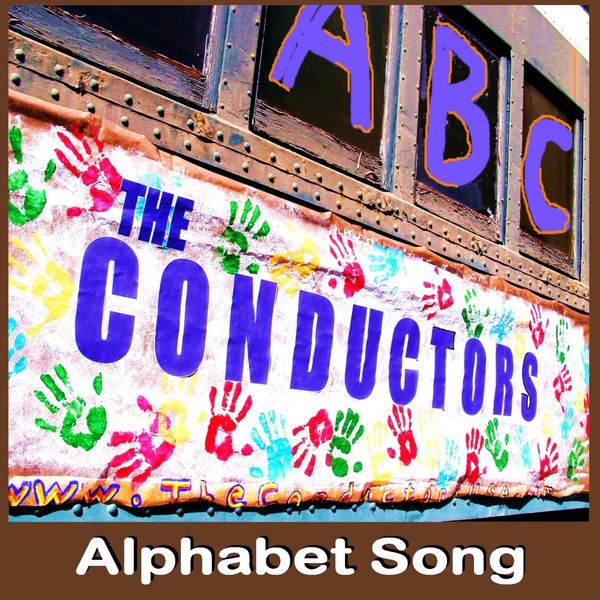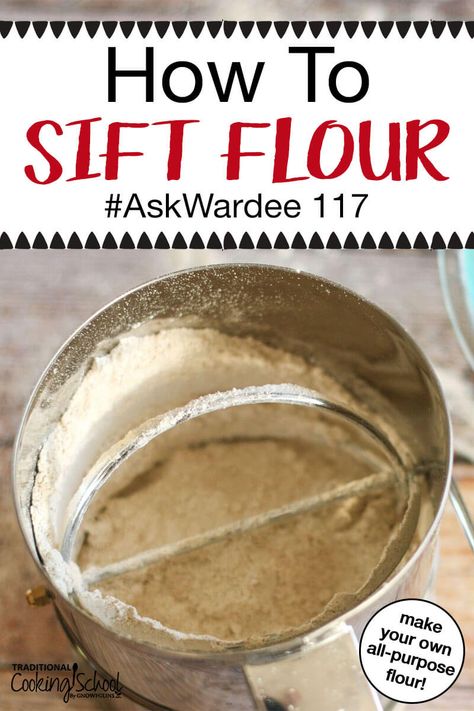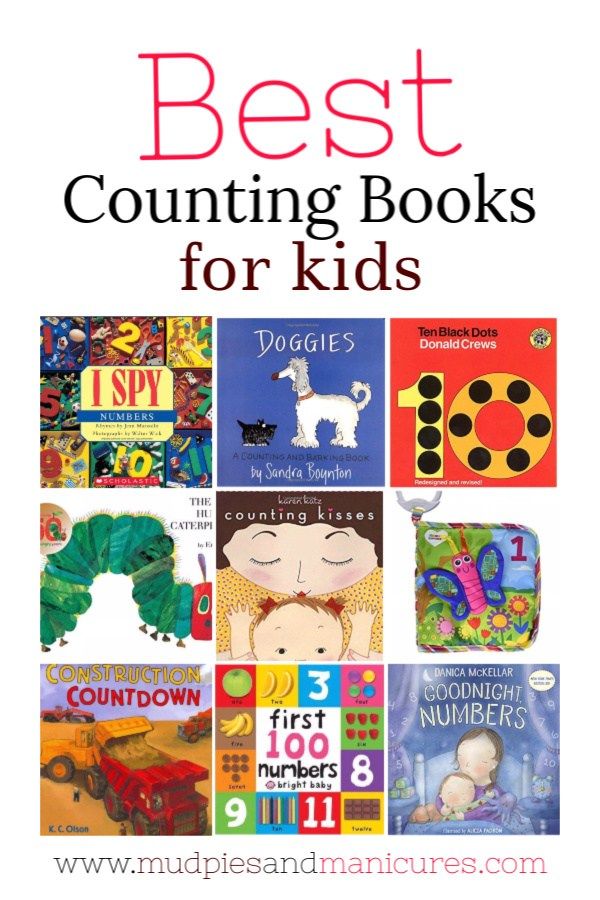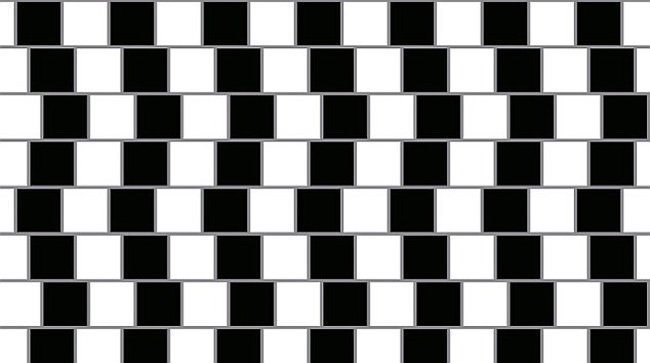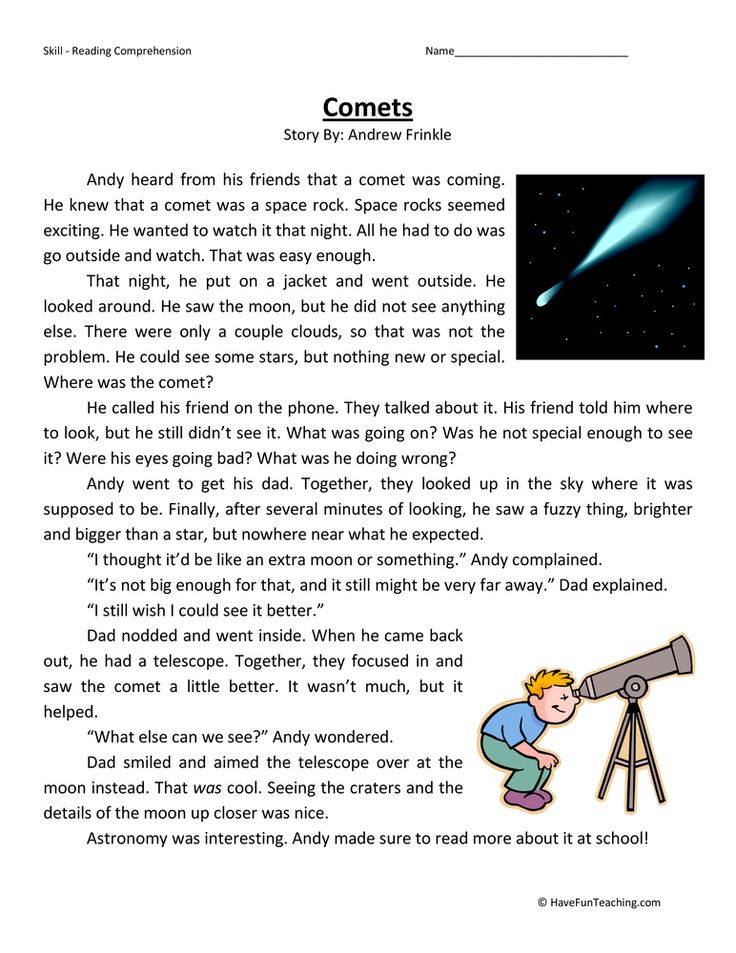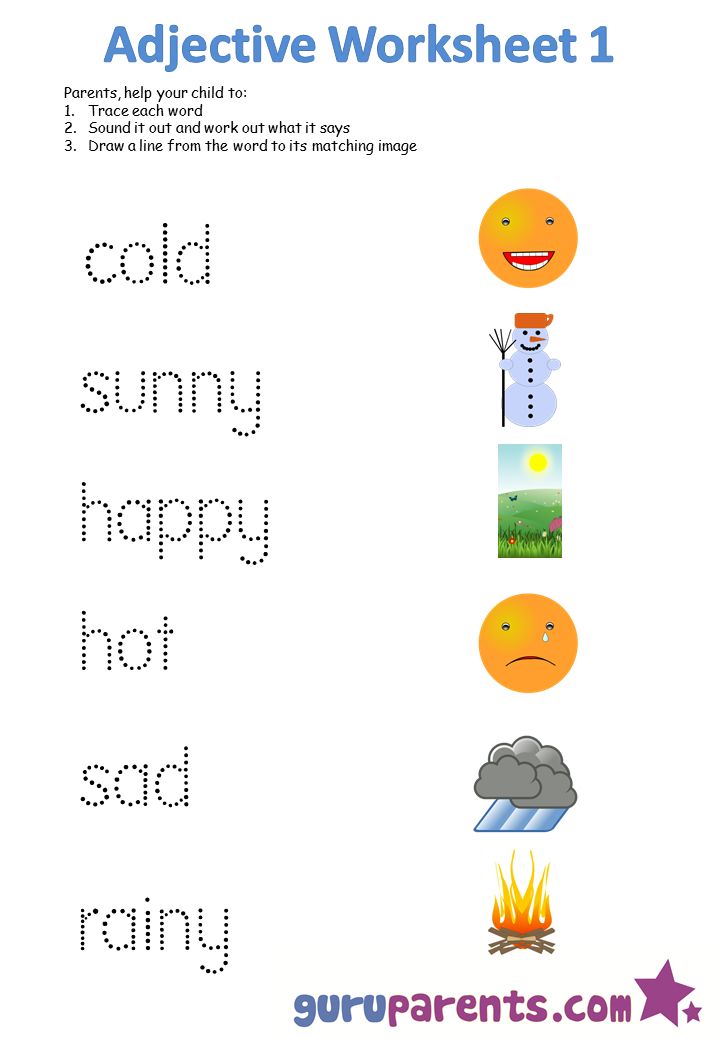Sound and letter
Letter Sounds App
General Questions
What devices are compatible with the Letter Sounds app?
The Letter Sounds A-Z app is compatible with devices running the OS versions listed below.
- Android 4.4 and later
- Kindle Fire OS 4.4 and later
- iOS 9.0 and later
- Windows XP and later
- OS X 10.9 and later
Is this the same app as the Letter Tiles app?
No, we have three different apps:
- The Phonogram Sounds app is a free app that is included with our programs. Use the app to reinforce the sounds with your child as you are teaching or to learn the sounds before you teach them.
- The Letter Sounds app is a free app for beginning learners that can be used to teach the first sound for each letter in the alphabet.
- The Letter Tiles app is a movable tiles app that is available for purchase for use in place of the physical Letter Tiles, or on days that you want to use reading or spelling on the go.
The Letter Tiles app is available for tablets only.
What does the Letter Sounds app teach?
The Letter Sounds app teaches the first sound for each letter of the alphabet.
Troubleshooting
Why can’t I install the app?
Please check that your device is compatible with the Letter Sounds app.
Why can’t I hear the sounds?
Make sure your speakers are on and that the volume is turned up. Test your system sound by playing a YouTube video or something else you know has sound. If your system sound is working, but you can't hear the app sounds, please contact us at [email protected] for assistance.
One of the features isn't working for me.
First, double-check that you are running the latest version of the app. If you continue to experience issues, please contact us at [email protected] for assistance.
Why don’t you have Letter Sounds for my device?
Contact us at support@allaboutlearningpress.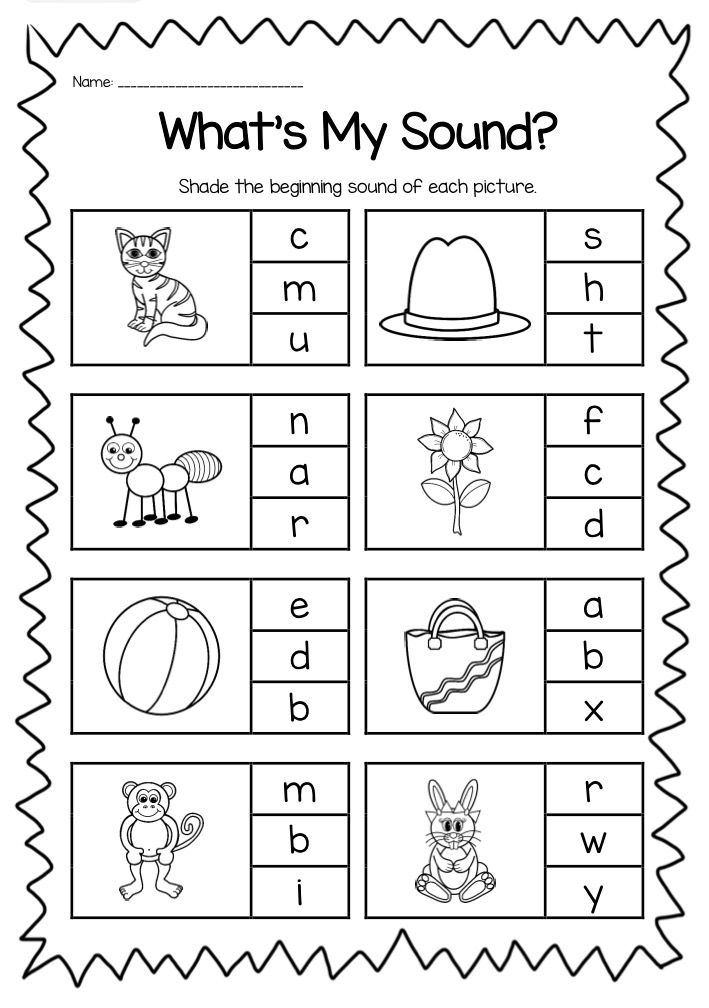 com and let us know what device you have! We are always looking to support more of our customers. In the meantime, you can use the online demo above as a fully functioning workaround.
com and let us know what device you have! We are always looking to support more of our customers. In the meantime, you can use the online demo above as a fully functioning workaround.
Other App Questions
Why don’t you teach all the sounds for each letter?
Great observation! The Letter Sounds app is for use with our Pre-reading program. It’s a first introduction to the most common sound for each letter of the alphabet. If your student is ready to learn the multiple sounds for the letters and other phonograms, check out our Phonogram Sounds app.
Why do you use /er/ for the sound of R?
Some sounds, like /r/, are difficult to capture on audio. Without a vowel sound before or after, they are unintelligible. We recommend that parents work with their children to ensure that the child is saying the sounds correctly. If the child is having any difficulty, you may want to demonstrate the sound in person.
Do you track data or record any of my personal information?
Absolutely not! The app installers only place the code that is required to run the app on your device.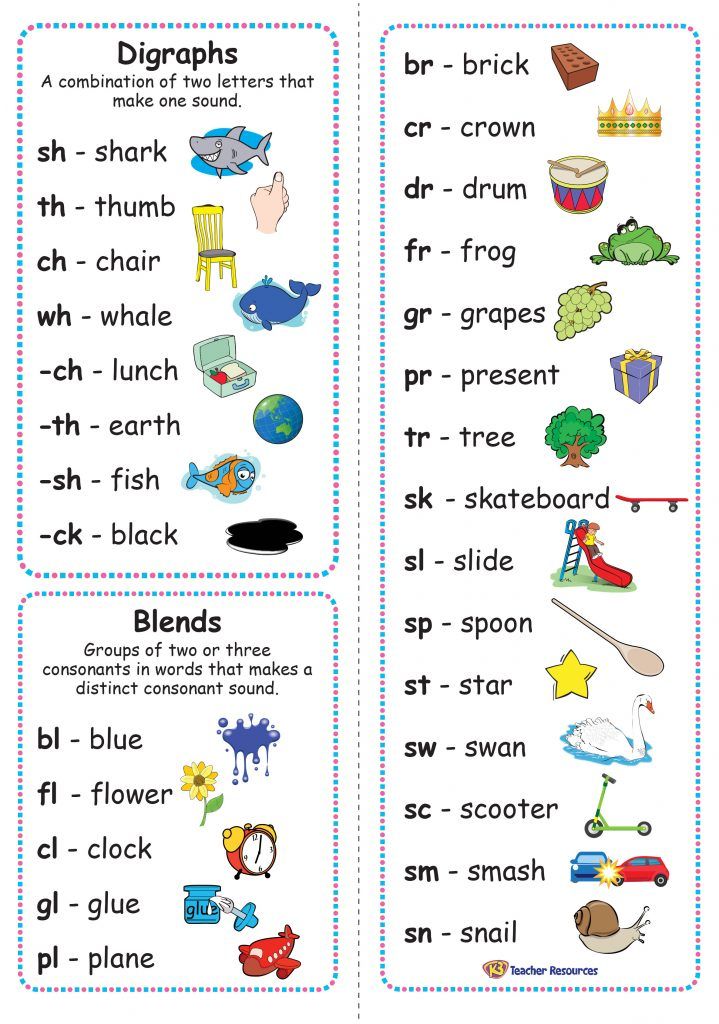 The only time we receive data of any kind is when the program checks for updates from our servers. This is only for updates. We do not receive any personally identifying information from your device.
The only time we receive data of any kind is when the program checks for updates from our servers. This is only for updates. We do not receive any personally identifying information from your device.
» Sounds and letters
» Sounds and letters
Learning the building blocks of words - sounds, their spellings, and word parts
2 Replies
If you want to store a large, complex system such as the English spelling system in a finite human brain, you have to organise it well.
To organise something, you first need an organising principle or principles.
If you want to use the relationship between letters and sounds as your organising principle for spelling (and most sensible people do), you can start from the letters and work to the sounds, or start from the sounds and work to the letters.
Starting from the letters
There are 26 letters in the English alphabet, but English also has a whole stack of letter combinations that can represent individual sounds:
- Two letter combinations, like “oo” as in “book”, “er” as in “her”, “ph” as in “phone” and “ey” as in “key”
- Three letter combinations, like “igh” as in “high”, “dge” as in “bridge”, “tch” as in “catch” and “ere” as in “here”.

- Four letter combinations, like “eigh” as in “eight”, “aigh” as in “straight”, “augh” as in “caught”, and “ough” as in “bought”, “drought”, “dough”, “through”, “thorough” (but not “cough” or “tough”, where the “ou” and the “gh” represent different sounds, and just happen to be next to each other).
To add to the complexity, many letters and letter combinations can represent more than one sound, for example, the letter “y” represents four different sounds in the words “yes”, “by”, “baby” and “gym”. The spelling “ea” represents three different sounds in the words “beach”, “dead” and “break”.
As well as more common letter-sound patterns, there are letter-sound patterns that only occur in one or two words, like the “sth” in “asthma” and “isthmus”, and the “xe” in “axe”, “deluxe” and “annexe”.
It's an almost impossible task to use letters and letter patterns to organise your thinking about spelling, as there are simply so many of them and their relationships with sounds are so complex.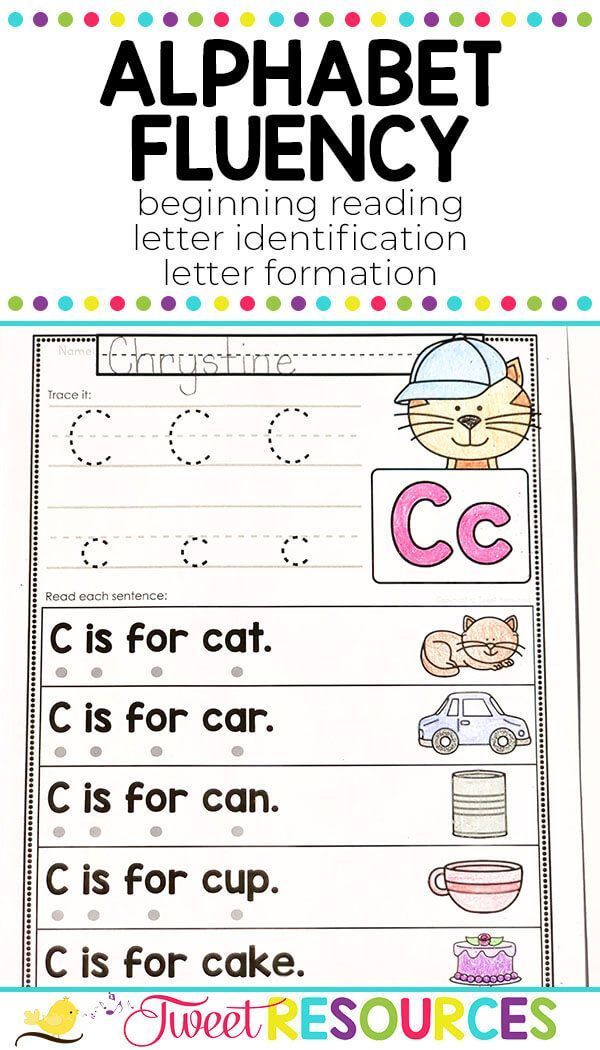
After a while it starts to seem that there must be thousands of sounds in English, whereas there are only 44[1] . So let's try using sounds as our organising principle.
Starting from sounds
The sounds of English are:
Three pairs of consonants made by stopping airflow in the mouth then letting it go:
- “p” as in pop, puppy and cantaloupe (voiceless lip sound).
- “b” as in bob, rubber, build and cupboard (voiced lip sound).
- “t” as in tot, butter, backed, joked, laundrette, torte, Thomas, receipt, debt, yacht, indict and pizza (voiceless tongue tip sound).
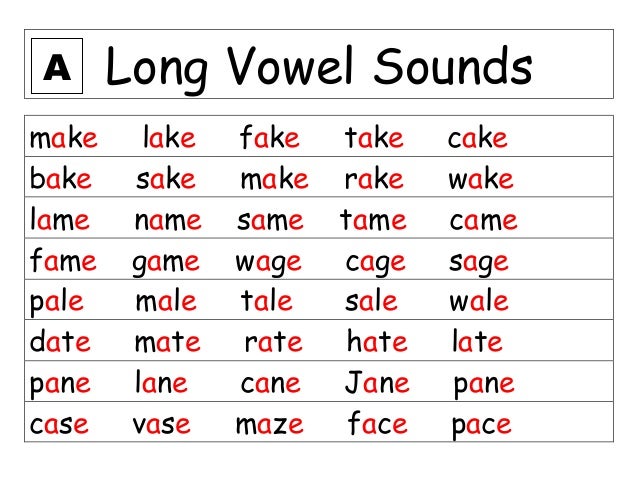
- “d” as in did, muddy, wagged, aide and jodhpurs (voiced tongue tip sound).
- “k” as in cot, king, luck, quit, chrome, mosque, khaki, liquor, accord, excel, Bourke, trekking, acquaint, racquet and zucchini (voiceless back of the tongue sound).
- “g” as in go, biggest, guide, ghoul and morgue (voiced back of the tongue sound).
Three pairs of consonants made through your nose using your voice:
- “m” as in mum, hammer, limb, autumn, programme and paradigm (lip sound).
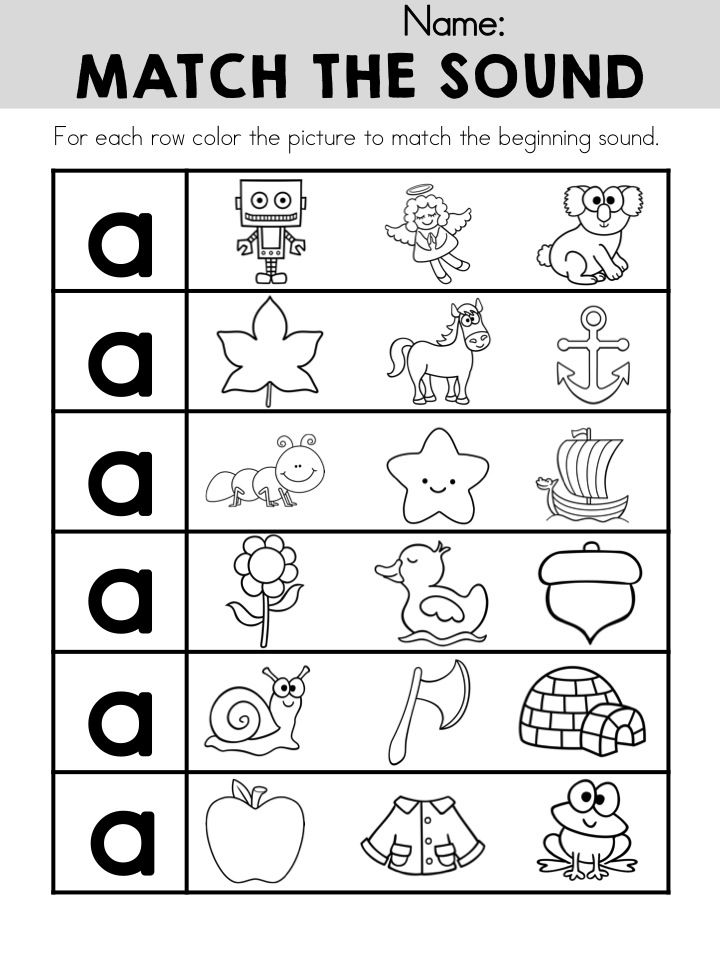
- “n” as in non, runner, know, reign, cayenne, pneumonia and mnemonic (tongue tip sound).
- “ng” as in wing, think and tongue (back of the tongue sound).
Four pairs of friction sounds made by squeezing air through narrow spaces in the mouth:
- “th” as in thin, Matthew and phthalates (voiceless tongue-between-teeth sound).
- “th” as in this and breathe (voiced tongue-between-teeth sound).
- “f” as in far, sniff, phone, cough, Chekhov, gaffe, carafe and often[2] (voiceless teeth on lip sound).
- “v” as in vat, love, skivvy, of, Stephen and Louvre (voiced teeth on lip sound).
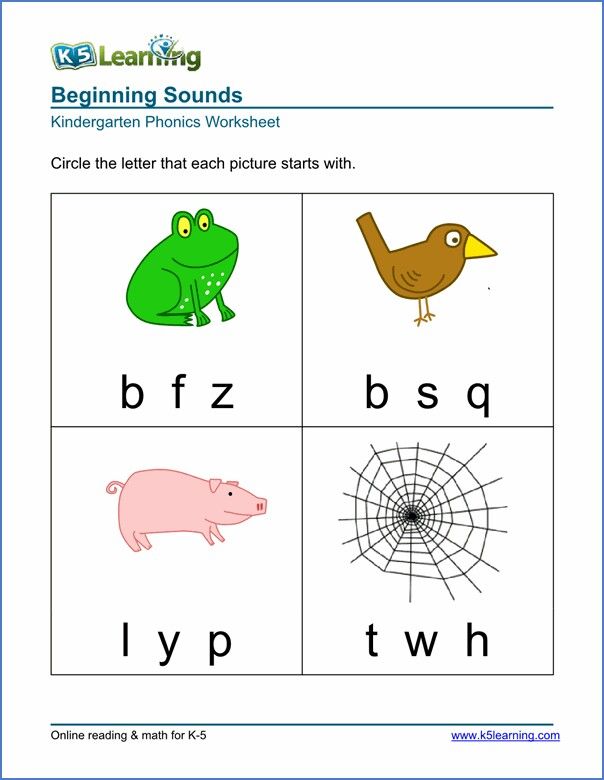
- “s” as in sell, city, voice, house, scent, pass, whistle, psychologist, quartz, coalesce, mousse, sword, asthma, and waltz.
- “z” as in zip, is, pause, dazzling, bronze, xylophone, dessert, business and tsar/czar.
- “sh” as in ash, lotion, passion, pension, facial, chef, schnitzel, moustache, ocean, sugar, appreciate, initiate, conscience, tissue, cushion, crescendo and fuchsia.

- “zh” as in beige, vision, pleasure, aubergine, déjà vu, seizure, equation and casuarina.
One pair of sounds made by stopping the air and then releasing it through a narrow space in the mouth:
- “ch” (a combination of “t” and “sh”) as in chair, hutch, creature, bocconcini, cappuccino, kitsch, luncheon, question, righteous, ciao and Czech.
- “j” (a combination of “d” and “zh”) as in jar, gem, sponge, ridge, budgie, religion, adjust, suggest, educate, soldier and hajj.
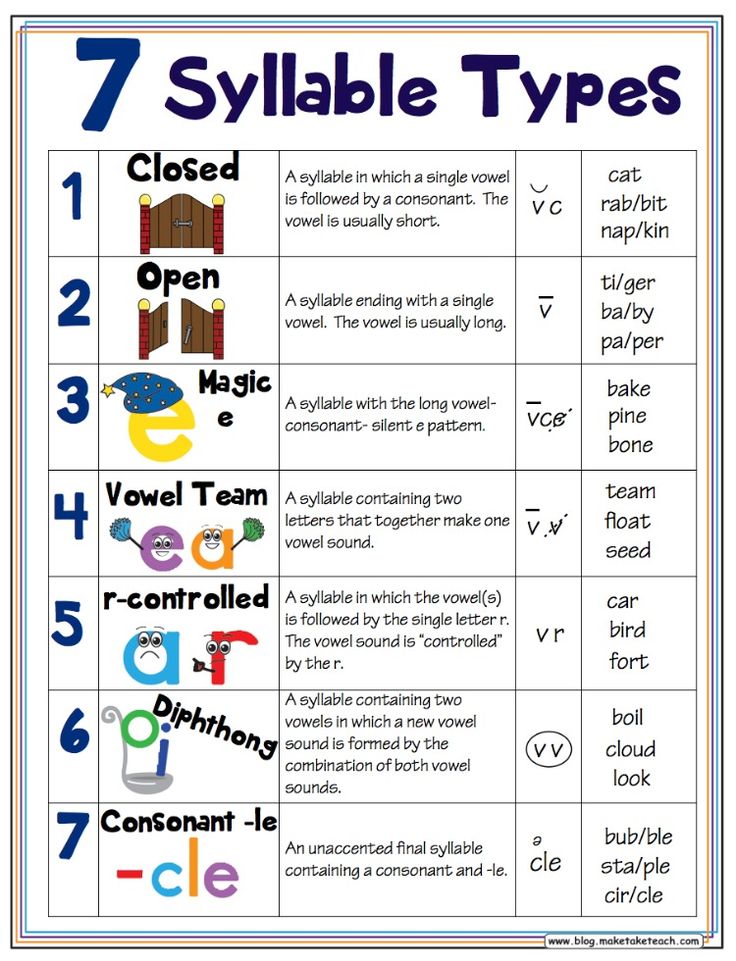
Four semi-vowels:
- “w” as in we, when, quack, one, marijuana and ouija.
- “y” as in yum, onion, hallelujah, tortilla and El Niño.
- “r” as in rip, wrist, barrel, rhubarb, diarrhoea and Warwick.
- “l” as in look, doll, grille, aisle, island and kohl.
One friction sound that has no pair:
- “h”, made by squeezing air through the back of your throat, as in hat, who, jojoba and junta.
So that makes 24 consonant sounds. Then there are 20 vowels:
Six “checked” vowels that require a consonant sound after them in English (sometimes called "short" vowels):
- “a” as in at, plait, salmon, meringue and Fahrenheit.
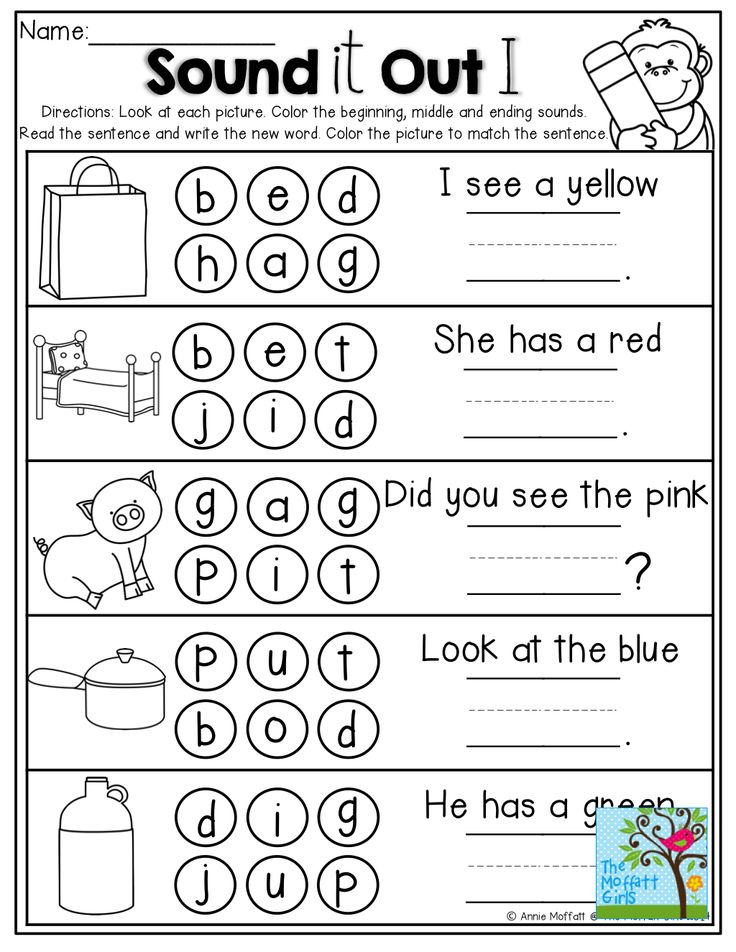
- “e” as in wet, deaf, any, said, says, friend, haemmorhage, leopard, leisure, bury and Geoff.
- “i” as in in, myth, passage, pretty, breeches, busy, marriage, sieve, women and bream.
- “o” as in on, swan, because, entree, cough, John, lingerie and bureaucracy.
- “u” as in up, front, young, blood, does and laksa.
- “oo” as in pull, good, could, wolf, tour and Worcestershire.
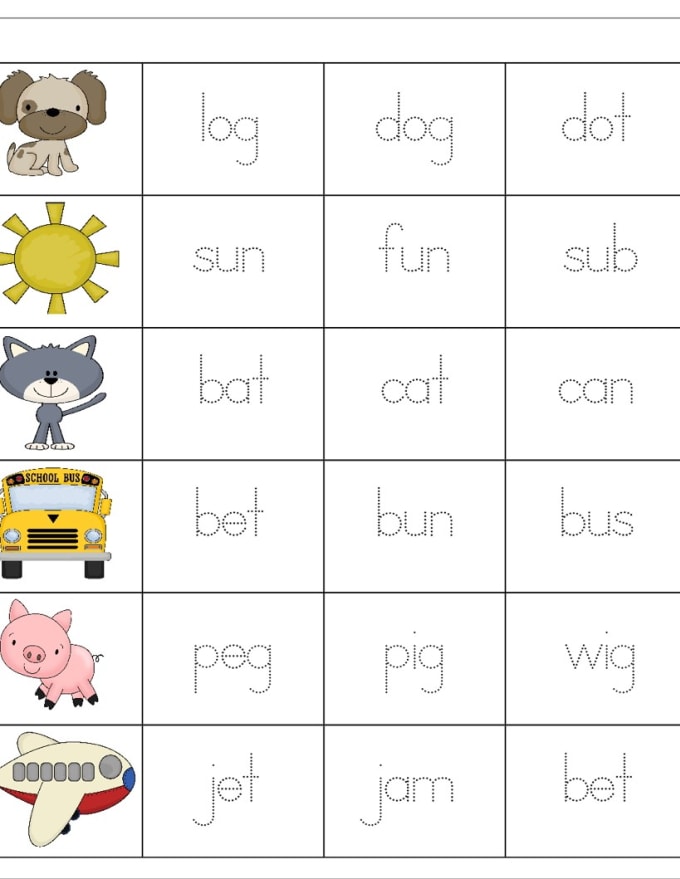
Six other vowels that are sometimes called “long vowels” (they're not really long, but they can be the last sound in a word):
- “ay” as in same, sail, say, danger, weigh, vein, they, café, reggae, great, purée, fete, straight, gauge, gaol, laissez-faire and lingerie.
- “I” as in like, hi, by, pie, high, type, chai, feisty, bye, height, kayak, eye, iron, maestro and naive.
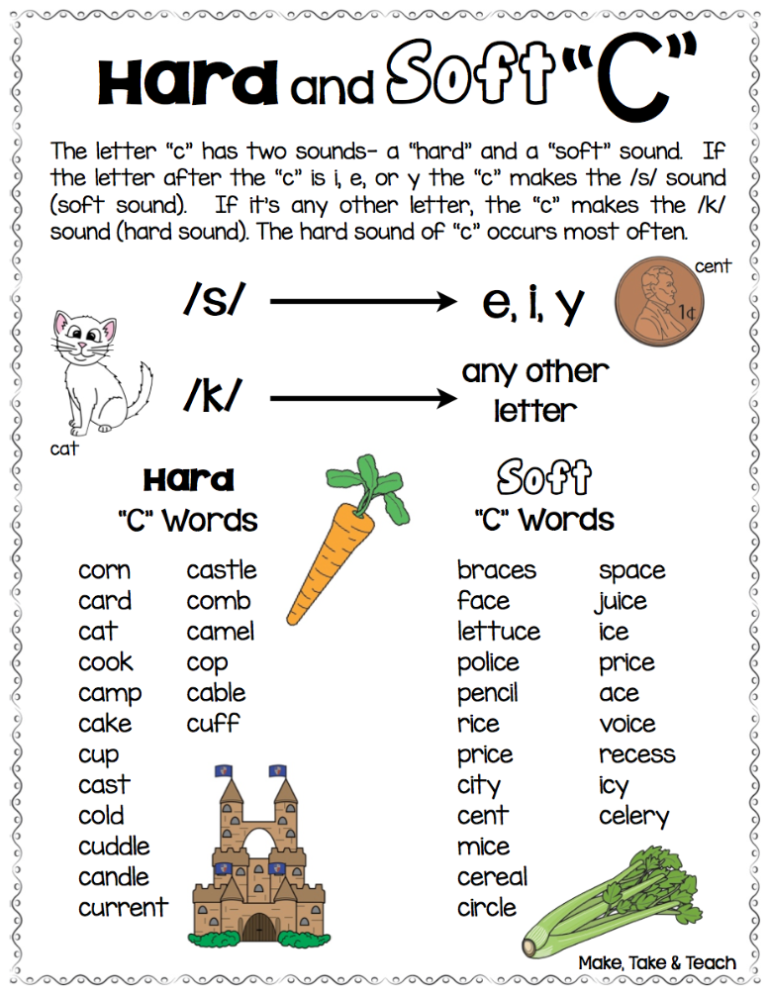
- “oh” as in rope, no, boat, goes, glow, plateau, soul, mauve, though, yolk, brooch, owe, sew and Renault.
- “ooh” as in food, June, chew, brutal, youth, clue, fruit, to, sleuth, shoe, roux, coup, pooh, through, two, manoeuvre and bouillion.
- “you” (a combination of “y” and “ooh”) as in use, few, cue, feud, tulip, beauty, pursuit, ewe and vacuum.
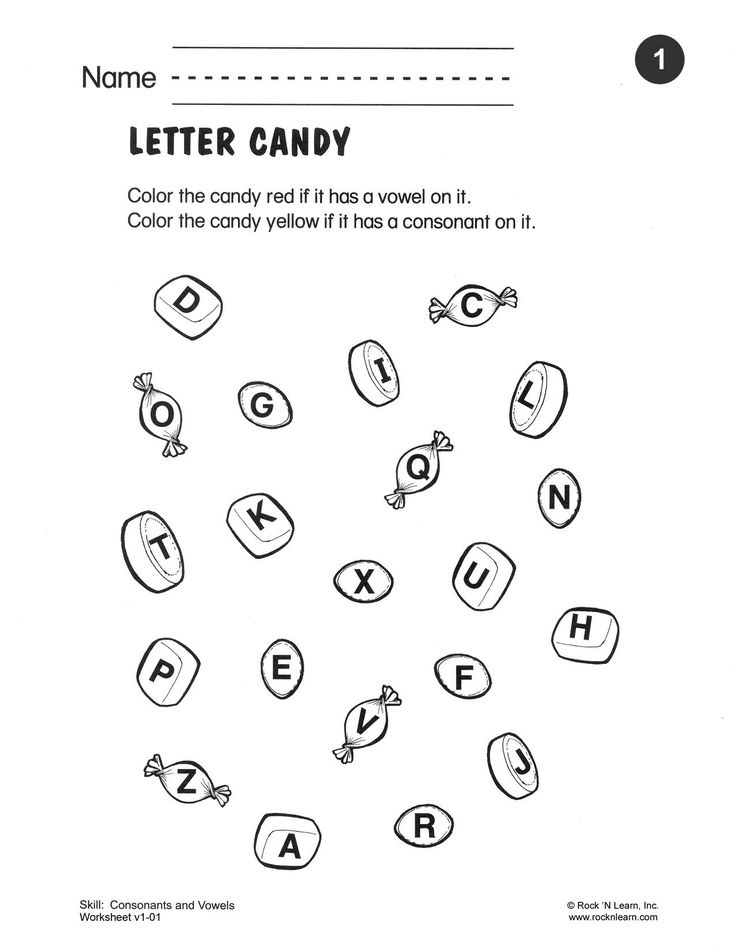
- “ee” as in bee, eat, field, me, these, jelly, taxi, turkey, ceiling, marine, paediatric, amoeba, quay, people, Grand Prix, fjord, ratatouille and Leigh.
Seven other vowels, some of which are called "r-controlled" vowels in some spelling books:
- “ar” as in arm, past, calf, blah, charred, are, baa, clerk, aunt, heart, bazaar and bizarre.
- “er” as in fern, curl, dirt, word, pearl, purr, err, whirred, slurred, masseur, journalist, milieu, were, colonel, myrrh, myrtle and hors d’oeuvre.
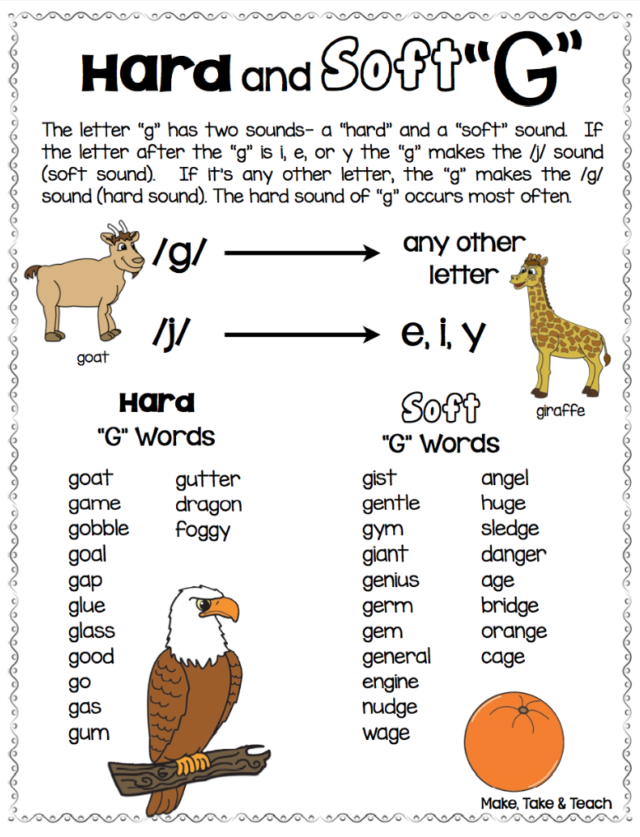
- “aw” as in saw, cord, more, court, faun, bought, wart, all, door, chalk, taught, board, dinosaur, baulk, sure, broad, awesome, you’re, corps, extraordinaire, hors d’oeuvre and assurance.
- “ou” as in out, cow, drought, kauri, Maori and miaow.
- “oy” as in boy, soil, Freud, lawyer and Despoja.
- “air” as in care, fair, pear, parent, aerial, solitaire, there, sombrero, heir, their, they’re, prayer, mayor and yeah.

- “ear” as in dear, beer, tier, ere, bacteria, souvenir, Hampshire, weird and Shakespeare.
One unstressed vowel, heard mostly in multisyllable words:
- “uh” as in fire, super, metre, buzzard, tractor, odour, jealous, nature, mynah, violent, pencil, cherub, delicate, granite, purpose, minute, restaurant, aesthetic, martyr, mischievous, borough, portrait, foreign, papier-mache, cupboard, sulphur, porpoise, circuit, tapir…
The unstressed vowel also occurs in spoken sentences in small, grammatical words like "a" and "the". Because these words occur very frequently, this can be a source of much confusion about how basic vowels are spelt.
Because these words occur very frequently, this can be a source of much confusion about how basic vowels are spelt.
This is still a long list, but at least it's possible to put a lid on it, by teaching the main spellings for all the sounds in one-syllable words, then the main additional spellings in longer words.
Eventually you find you've got most words covered, and there's just a list of weird ones for each sound that don't follow any major pattern, and are therefore also memorable.
Learners can make up a spelling collection with a page for each sound, and list all the spellings they know in groups. In fact there are books you can buy for this purpose such as Soundasaurus, but I generally quibble with some of the categories, and prefer to use my own Spelling Collection. Crossings-out, sticky notes and/or extra pages added in later are good evidence that learners have been actively thinking and learning about the relationship between sounds and letters.
[1] Linguists will always argue about how many sounds there are in English, because the mouth is a mushy place without clear boundaries – for example, the “l” sound at the start of “look” is phonetically different from the one at the end of “hall”, and the sound “ay” in “play” and “ie” as in “time” are technically two sounds, but slicing things that finely doesn’t really help with learning spelling. Most people say there are between 42 and 44 sounds for the purposes of teaching spelling (depending on whether you call "ear" and "air" separate spellings or not).
Most people say there are between 42 and 44 sounds for the purposes of teaching spelling (depending on whether you call "ear" and "air" separate spellings or not).
[2] and lieutenant if you speak British English, but actually this word comes from French and means someone standing in (in lieu) for the tenant or office-holder, so the American pronunciation (“loo-tenant”, not “leff-tenant”) is closer to the original French.
« Spelling rules
Sounds and letters of the Russian language - scheme, table, transcription
Contents:
• What is sound?
• What sounds are there?
• How are sounds pronounced?
• Transcription of the word
• Color scheme
Sounds belong to the phonetics section. The study of sounds is included in any school curriculum in the Russian language.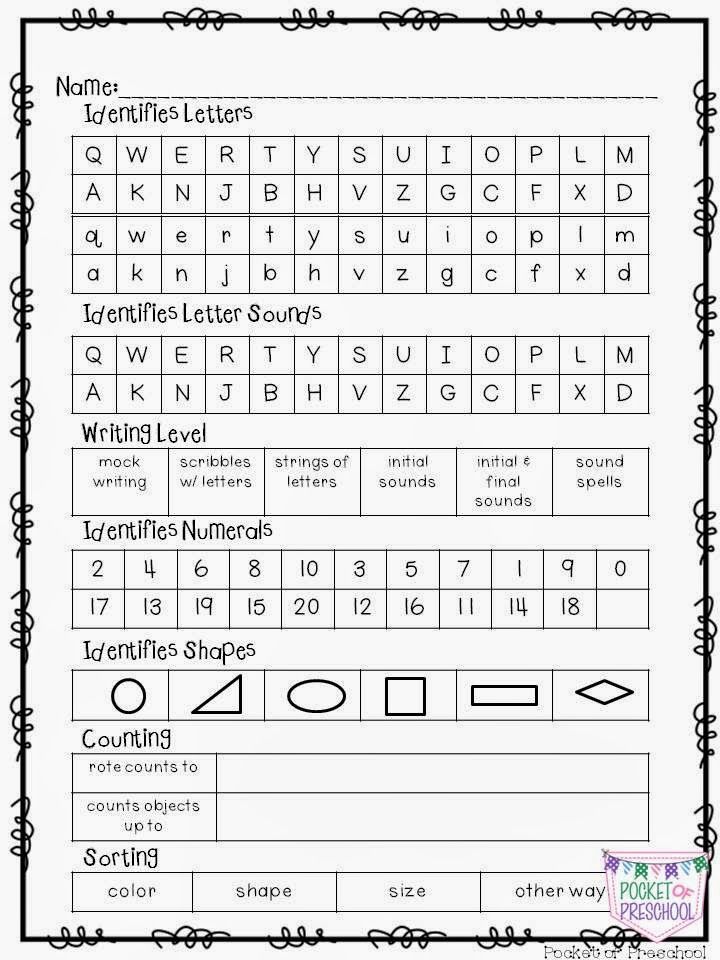 Acquaintance with sounds and their main characteristics occurs in the lower grades. A more detailed study of sounds with complex examples and nuances takes place in middle and high school. This page provides only basic knowledge of the sounds of the Russian language in a compressed form. If you need to study the device of the speech apparatus, the tonality of sounds, articulation, acoustic components and other aspects that are beyond the scope of the modern school curriculum, refer to specialized textbooks and textbooks on phonetics. nine0008
Acquaintance with sounds and their main characteristics occurs in the lower grades. A more detailed study of sounds with complex examples and nuances takes place in middle and high school. This page provides only basic knowledge of the sounds of the Russian language in a compressed form. If you need to study the device of the speech apparatus, the tonality of sounds, articulation, acoustic components and other aspects that are beyond the scope of the modern school curriculum, refer to specialized textbooks and textbooks on phonetics. nine0008
What is sound?
Sound, like words and sentences, is the basic unit of language. However, the sound does not express any meaning, but reflects the sound of the word. Thanks to this, we distinguish words from each other. Words differ in the number of sounds (port - sport, crow - funnel), set of sounds (lemon - estuary, cat - mouse), sequence of sounds (nose - dream, bush - knock) up to a complete mismatch of sounds (boat - boat, forest - park ).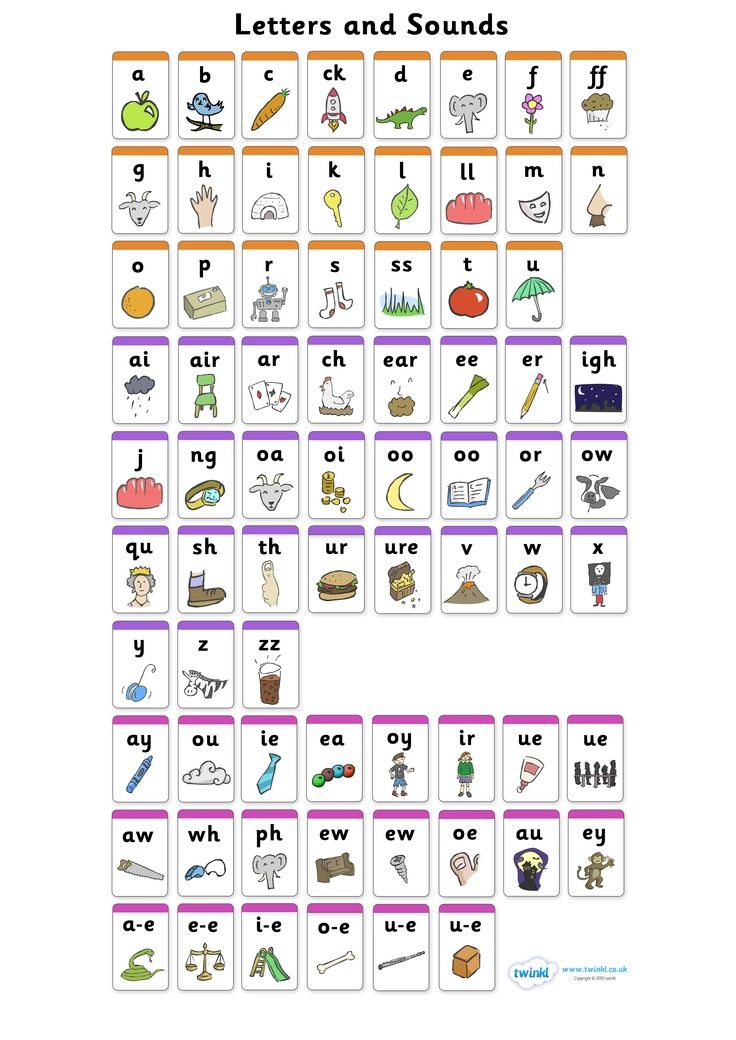
What sounds are there?
In Russian, sounds are divided into vowels and consonants. There are 33 letters and 42 sounds in Russian: 6 vowels, 36 consonants, 2 letters (ь, ъ) do not indicate a sound. The discrepancy in the number of letters and sounds (not counting b and b) is due to the fact that there are 6 sounds for 10 vowels, 36 sounds for 21 consonants (if we take into account all combinations of consonant sounds deaf / voiced, soft / hard). On the letter, the sound is indicated in square brackets.
There are no sounds: [e], [e], [yu], [i], [b], [b], [g '], [w '], [c '], [th], [h ], [sch]. nine0008 Scheme 1. Letters and sounds of the Russian language. Scheme 1.1. Letters and sounds of the Russian language. Scheme 1.2. Vowels and sounds of the Russian language. Scheme 1.3. Consonants and sounds of the Russian language. Scheme 1.4. Russian letters that do not represent sounds.
How are sounds pronounced?
We pronounce sounds while exhaling (only in the case of the interjection "a-a-a", expressing fear, the sound is pronounced while inhaling.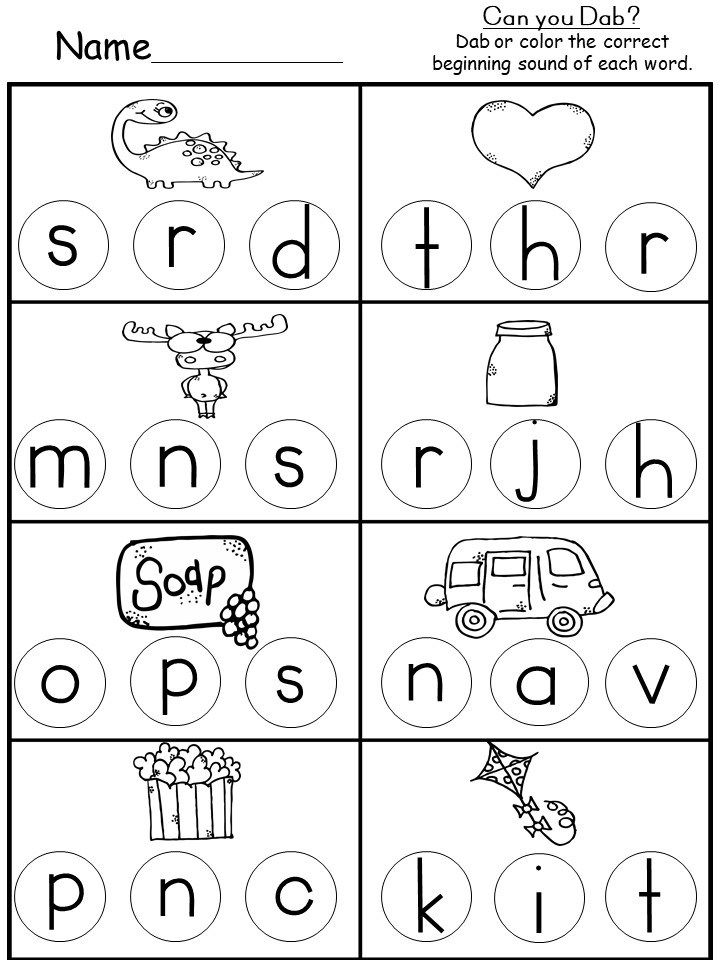 ). The division of sounds into vowels and consonants is related to how a person pronounces them. Vowel sounds are pronounced by the voice due to the exhaled air passing through the tense vocal cords and freely exiting through the mouth. Consonant sounds consist of noise or a combination of voice and noise due to the fact that the exhaled air meets an obstacle in its path in the form of a bow or teeth. Vowel sounds are pronounced loudly, consonant sounds are muffled. A person is able to sing vowel sounds with his voice (exhaled air), raising or lowering the timbre. Consonant sounds cannot be sung, they are pronounced equally muffled. Hard and soft signs do not represent sounds. They cannot be pronounced as an independent sound. When pronouncing a word, they affect the consonant in front of them, make it soft or hard. nine0008
). The division of sounds into vowels and consonants is related to how a person pronounces them. Vowel sounds are pronounced by the voice due to the exhaled air passing through the tense vocal cords and freely exiting through the mouth. Consonant sounds consist of noise or a combination of voice and noise due to the fact that the exhaled air meets an obstacle in its path in the form of a bow or teeth. Vowel sounds are pronounced loudly, consonant sounds are muffled. A person is able to sing vowel sounds with his voice (exhaled air), raising or lowering the timbre. Consonant sounds cannot be sung, they are pronounced equally muffled. Hard and soft signs do not represent sounds. They cannot be pronounced as an independent sound. When pronouncing a word, they affect the consonant in front of them, make it soft or hard. nine0008
Transcription of a word
Transcription of a word is a recording of sounds in a word, that is, in fact, a record of how the word is pronounced correctly.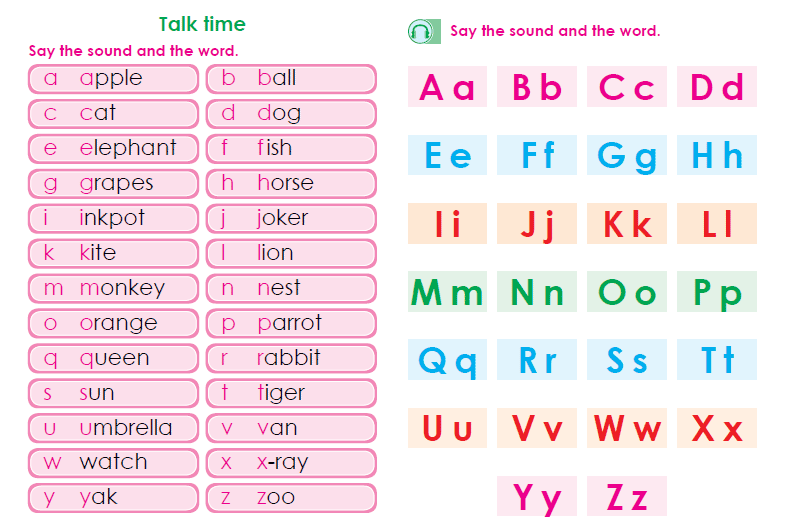 Sounds are enclosed in square brackets. Compare: a is a letter, [a] is a sound. The softness of consonants is indicated by an apostrophe: p - letter, [p] - hard sound, [p '] - soft sound. Voiced and voiceless consonants are not marked in writing. The transcription of the word is written in square brackets. Examples: door → [dv'er '], thorn → [kal'uch'ka]. Sometimes stress is indicated in transcription - an apostrophe before a vowel stressed sound. nine0008
Sounds are enclosed in square brackets. Compare: a is a letter, [a] is a sound. The softness of consonants is indicated by an apostrophe: p - letter, [p] - hard sound, [p '] - soft sound. Voiced and voiceless consonants are not marked in writing. The transcription of the word is written in square brackets. Examples: door → [dv'er '], thorn → [kal'uch'ka]. Sometimes stress is indicated in transcription - an apostrophe before a vowel stressed sound. nine0008
There is no clear correspondence between letters and sounds. In the Russian language, there are many cases of substitution of vowel sounds depending on the place of stress of a word, substitution of consonants or dropping out of consonant sounds in certain combinations. When compiling a transcription of a word, the rules of phonetics are taken into account.
Color scheme
In phonetic parsing, words are sometimes drawn with color schemes: letters are painted with different colors depending on what sound they mean.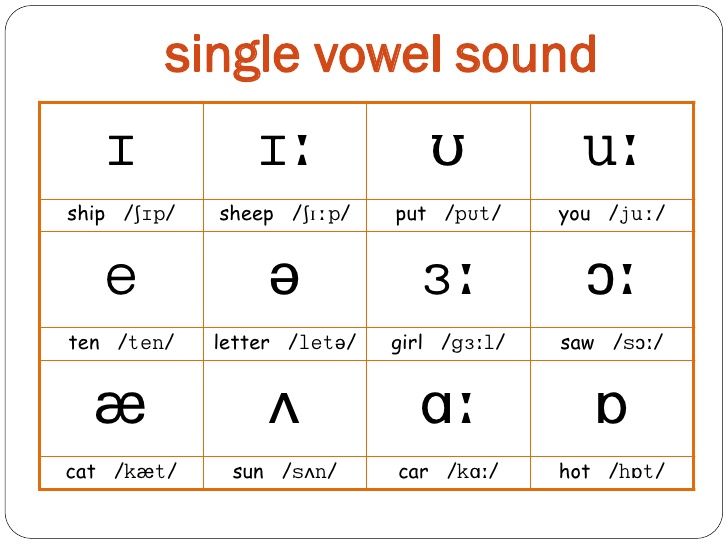 Colors reflect the phonetic characteristics of sounds and help you visualize how a word is pronounced and what sounds it consists of. nine0008
Colors reflect the phonetic characteristics of sounds and help you visualize how a word is pronounced and what sounds it consists of. nine0008
All vowels (stressed and unstressed) are marked with a red background. Iotated vowels are marked green-red: green means a soft consonant sound [y ‘], red means the vowel following it. Consonants with solid sounds are colored blue. Consonants with soft sounds are colored green. Soft and hard signs are painted in gray or not painted at all.
| Vowels0040 | |
| Consistent | Tsh zh zh zhb z k l m h r ch chhh |
| b, b. | b |
- vowel, - vowel iot - hard consonant, - soft consonant, - soft or hard consonant, - does not mean a sound.
The blue-green color is not used in the schemes for phonetic analysis, since a consonant cannot be both soft and hard at the same time. The blue-green color in the table above is only used to show that the sound can be either soft or hard. nine0008
Words with the letter ё must be written through ё. Phonetic parsing of the words "everything" and "everything" will be different!
Vowel sounds and letters. How many are there in Russian?
We will teach you how to write without errors and tell stories in an interesting way
Start learning
The correct pronunciation of words is one of the components of beautiful and literate speech. To achieve this, you will first have to study the sounds themselves. In this article, we will figure out together what vowel sounds are, how many vowels are in the alphabet of the Russian language, and what sounds they can represent. nine0008
What are vowels and sounds
Vowel sounds are those sounds that we freely convey with our voice. This is where their name comes from: voice means "voice".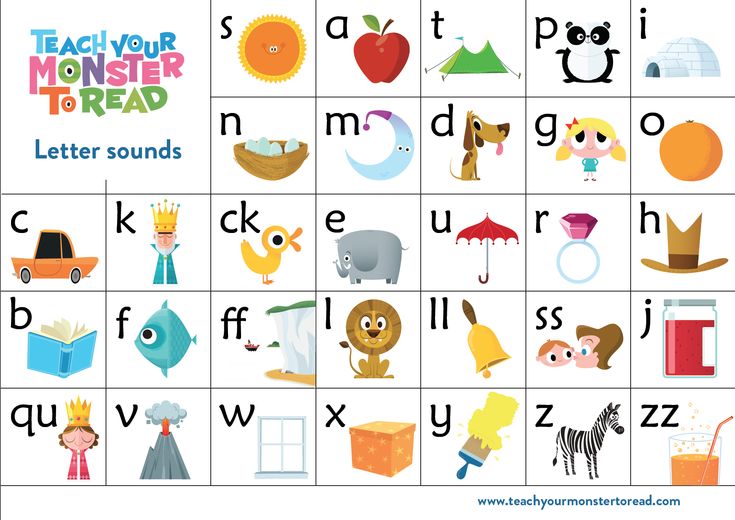 When pronouncing, air exits through the mouth and does not create noise, and the position of the tongue and lips determines which vowel sound we will pronounce.
When pronouncing, air exits through the mouth and does not create noise, and the position of the tongue and lips determines which vowel sound we will pronounce.
There are much fewer vowels in Russian than consonants. There are 6 of them in total: [a], [o], [i], [s], [y] and [e]. To understand whether a vowel sound is in front of you or not, try to sing it. For example:
-
a-a-a ,
-
woo
-
s-s-s .
If it works, then the sound is a vowel. You can't do that with consonants.
There are more vowels than sounds - there are 10 of them: a, i, u, u, o, e, e, e, i, s . This difference is due to the fact that some of these letters can represent two sounds and are pronounced using a combination of a vowel and a consonant [y']. For example, in word spruce the letter e expresses two sounds - [y'] and [e]. Let's look at the table all the vowel sounds and the letters that represent them.
| Letter | Sound | Example |
|---|---|---|
| a | [a] | pharmacy |
| i | [a] [d'] + [a] | change anchor |
| at | [y] | moon |
| [y] [y'] + [y] | love skirt | |
| about | [o] [a] | horse milk |
| e | [e] [y'] + [e] [and] | victory raccoon great |
| e | [o] [d'] + [o] | rope hedgehog |
| e | [e] | evolution |
| and | [and] [s] | caviar life |
| s | [s] | choice |
Demo lesson in Russian
Take the test at the introductory lesson and find out what topics separate you from the "five" in Russian.
How vowel sounds are related to syllables
Vowel sounds form syllables - sound segments of words that we pronounce with one breath. One syllable can be either a vowel with one or more consonants, or a vowel alone. There is even a rule by which syllables can be counted: how many vowels in a word - so many syllables. nine0008
For example, in the word journey there are 5 vowels: [u], [i], [e], [i] and [e]. This means that it has 5 syllables: p-te-she-stv-e .
Test yourself!
Count the number of syllables in the words: try on, tanner, well-groomed, care, prefix, capital, wet, invitation, orange .
Vowel sounds and stress
Now let's see what groups vowel sounds are divided into. Sometimes their pronunciation depends on whether the stress falls on them, that is, whether we single them out with our voice. So vowel sounds are divided into stressed and unstressed. Here are some examples:
| | | |
|---|---|---|
| | | |
| | | |
| | | |
Stress in Russian can fall on any of the existing vowel sounds. However, only 4 of them can be unstressed - these are [a], [i], [y] and [s]. In this position, we pronounce sounds weaker than under stress, because of which they can change qualities and sound differently.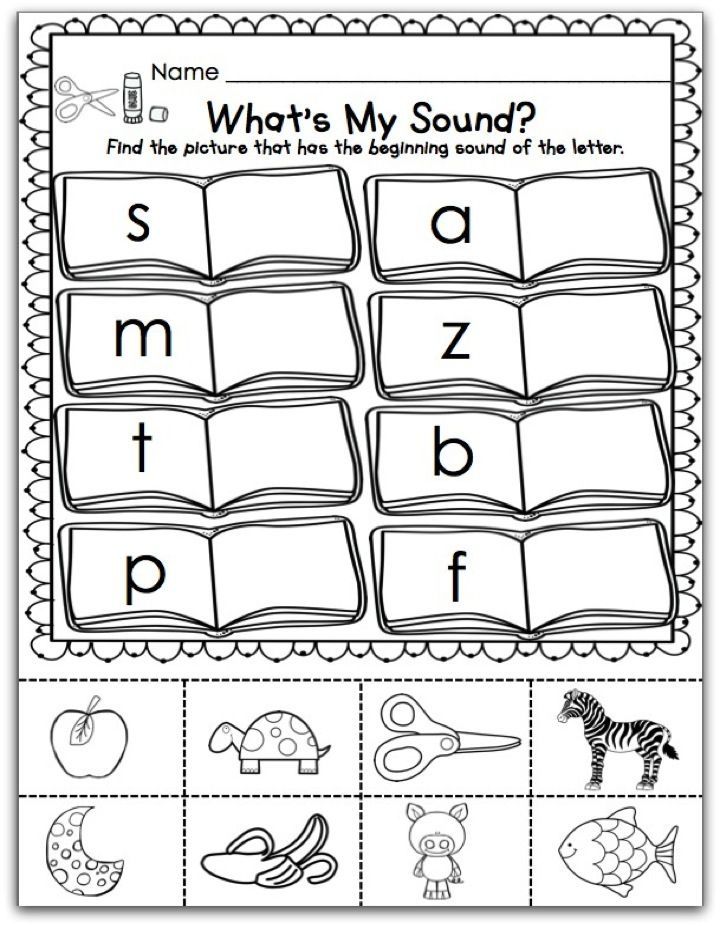
Interestingly, the vowels [o] and [e] can only be stressed. There are only a couple of exceptions to this rule: for example, in words cocoa and canoe sounds [o] and [e] in an unstressed position.
How unstressed vowels are related to consonants
How an unstressed vowel sounds depends on the consonant that precedes it. Or rather, from its hardness or softness. If it is a hard consonant, it can be followed by unstressed vowels [y], [a] and [s]. When we talk about a soft consonant, it is followed by unstressed vowels [y] and [and].
| | |
|---|---|
| | |
| | |
| | |
Test yourself
It's time to find out if you now understand well what vowel sounds are in Russian. To do this, we have prepared tasks for self-examination. nine0008
Task 1
List all the vowels in these words:
fair,
rejoice,
doll,
distant,
buddy,
voting,
mirror,
story,
ok,
captivate.
Task 2
Name 5 words each in which the sounds [a], [i], [y] and [s] would be stressed.
Task 3
Name 5 words in which an unstressed vowel would come after a hard consonant, and 5 more words where it would follow a soft consonant.
Task 4
Count the number of syllables in the words below (don't forget to use the rule you learned at the beginning of the article!):
-
weightless,
-
sunrise,
-
adventure,
-
painter,
-
perpetuate,
-
nice,
-
image,
-
category,
-
exciting,
-
melting,
-
snowflake.
The rules of phonetics help us to speak correctly, so it is important to master the topic of vowels well and avoid gaps in knowledge.

